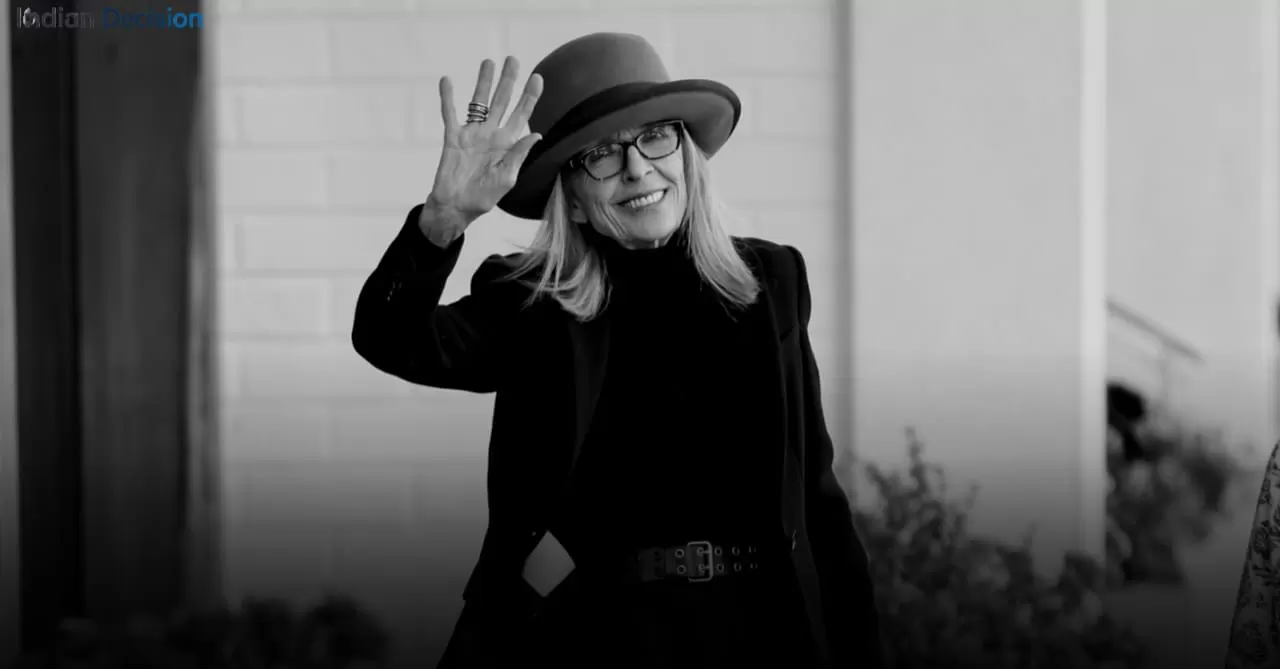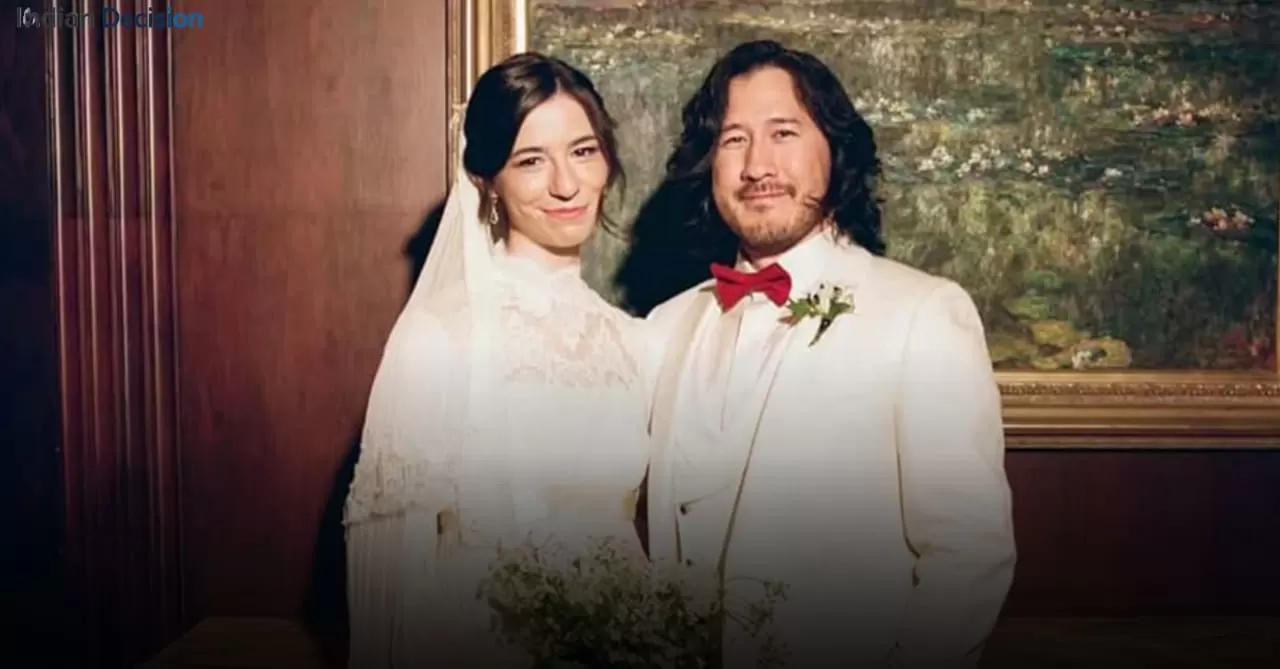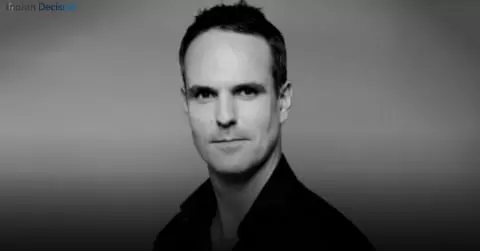Today’s update Emma Heming speaks with Diane Sawyer
Emma Heming Willis, the wife of actor Bruce Willis, sat down for a deeply personal interview with Diane Sawyer today. She offered a rare and emotional glimpse into the couple’s private life as they face Bruce’s ongoing battle with frontotemporal dementia (FTD). At 70, Willis remains physically mobile but continues to struggle with language and cognitive decline, symptoms that have steadily progressed since his diagnosis.
Is Bruce Willis still alive in 2025?
Despite recurring online hoaxes and rumors, Bruce Willis is alive as of today’s update from his family. False reports about the actor’s death have circulated repeatedly in recent years, forcing the family and publicists to clarify the truth. Emma emphasized during her conversation with Sawyer that while Bruce’s world has narrowed, his presence remains an essential anchor for his wife, children, and loved ones.
What is frontotemporal dementia and how it affects Bruce
Frontotemporal dementia is a progressive brain disorder that targets the frontal and temporal lobes, which control language, behavior, and decision-making. Unlike Alzheimer’s, which often begins with memory loss, FTD often starts with speech difficulties and personality changes. For Willis, the earliest signs came in 2022, when he was diagnosed with aphasia, a condition that impairs communication. A year later, doctors confirmed the broader FTD diagnosis, explaining the constellation of symptoms the family had been noticing.
Emma explained that Bruce’s greatest challenges today involve speech and interaction. “His body is strong, but words have become difficult,” she said. The family has adapted their routines to focus less on verbal communication and more on shared presence music, touch, and simple expressions of joy.
Key points Emma Heming shared
- Bruce still experiences moments of recognition and happiness that the family treasures.
- Emma has assumed the role of primary caregiver, a journey she writes about in her forthcoming book.
- The family continues to request privacy while also raising awareness about dementia and caregiving.
How old is Bruce Willis and who is Emma Heming Willis?
Born on March 19, 1955, Bruce Willis turned 70 this year. His career spans decades, with iconic roles in Die Hard, Pulp Fiction, and The Sixth Sense securing his place in Hollywood history. His wife, Emma Heming Willis, is a model, businesswoman, and advocate. Since their marriage in 2009, she has been a steady partner, raising their two daughters while also stepping into the demanding role of caregiver. Now in her mid-40s, Emma has used her platform to speak candidly about the challenges and resilience required in such circumstances.
Family, public reaction and media context
The Willis family has been deliberate in how much they share publicly. Social media posts and carefully timed interviews provide glimpses into Bruce’s condition without crossing into intrusion. Fans and fellow actors have responded with empathy, often flooding Emma’s posts with messages of support. Media coverage, meanwhile, has had to balance public curiosity with sensitivity, especially in countering the steady stream of misinformation online.
Entertainment journalists note that false death reports have dogged Willis for years, a phenomenon not uncommon for celebrities. Fact-checkers from outlets like People and Snopes have repeatedly intervened to correct these claims. Emma’s interview today adds fresh clarity, reasserting that Bruce is alive and still deeply loved.
Why Emma Heming’s voice matters
Beyond her role as Bruce’s partner, Emma has become an emerging voice in the caregiving community. Her upcoming memoir explores the practical and emotional realities of supporting a loved one with dementia. Advocates hope that her visibility will encourage greater public understanding of FTD, a disease that remains less known than Alzheimer’s but equally devastating for families.
Caregiving experts say Emma’s openness helps break stigma. By discussing topics like exhaustion, isolation, and resilience, she makes visible what millions of families face but often feel they must endure silently.
Where to find reliable updates
For those seeking accurate updates on Bruce Willis’ health, the family encourages reliance on official statements, reputable entertainment outlets, and trusted journalists. They caution against believing unverified social media posts or so-called “insider” claims that often fuel confusion.
Reliable sources include:
- ABC News, which aired Emma’s new interview.
- People magazine and similar outlets that verify updates directly with family representatives.
- Statements released by the Willis family through verified social accounts.
The broader impact of Bruce Willis’ story
Bruce Willis’ health journey has brought public attention to FTD in a way few medical reports could. Specialists in neurology have noted a rise in awareness since the Willis family went public with his diagnosis. According to the Association for Frontotemporal Degeneration, cases of FTD are often misdiagnosed, particularly in people under 65, because symptoms resemble depression or other conditions. Bruce’s case has created space for earlier recognition and discussion.
Meanwhile, Hollywood colleagues have praised Emma’s advocacy. Actor Glenn Gordon Caron, a longtime friend of Willis, said recently that while Bruce is quieter, his personality still “shines through in small, meaningful ways.” This sentiment echoes what Emma shared: the joy in small victories, the spark that remains even as the disease progresses.
Key Takeaway
Bruce Willis’ diagnosis underscores how unpredictable and deeply personal neurodegenerative diseases can be. For his family, the journey has been defined by adaptation, resilience, and love. Emma Heming Willis’ decision to speak publicly today provides a reminder that caregiving, while exhausting, can also be an act of profound dignity.
For those interested in learning more, Emma’s forthcoming memoir and resources from organizations like the Alzheimer’s Association and AFTD offer valuable perspectives. As Bruce’s story continues, what remains constant is the family’s request for compassion and their insistence on celebrating the life still present, day by day.







